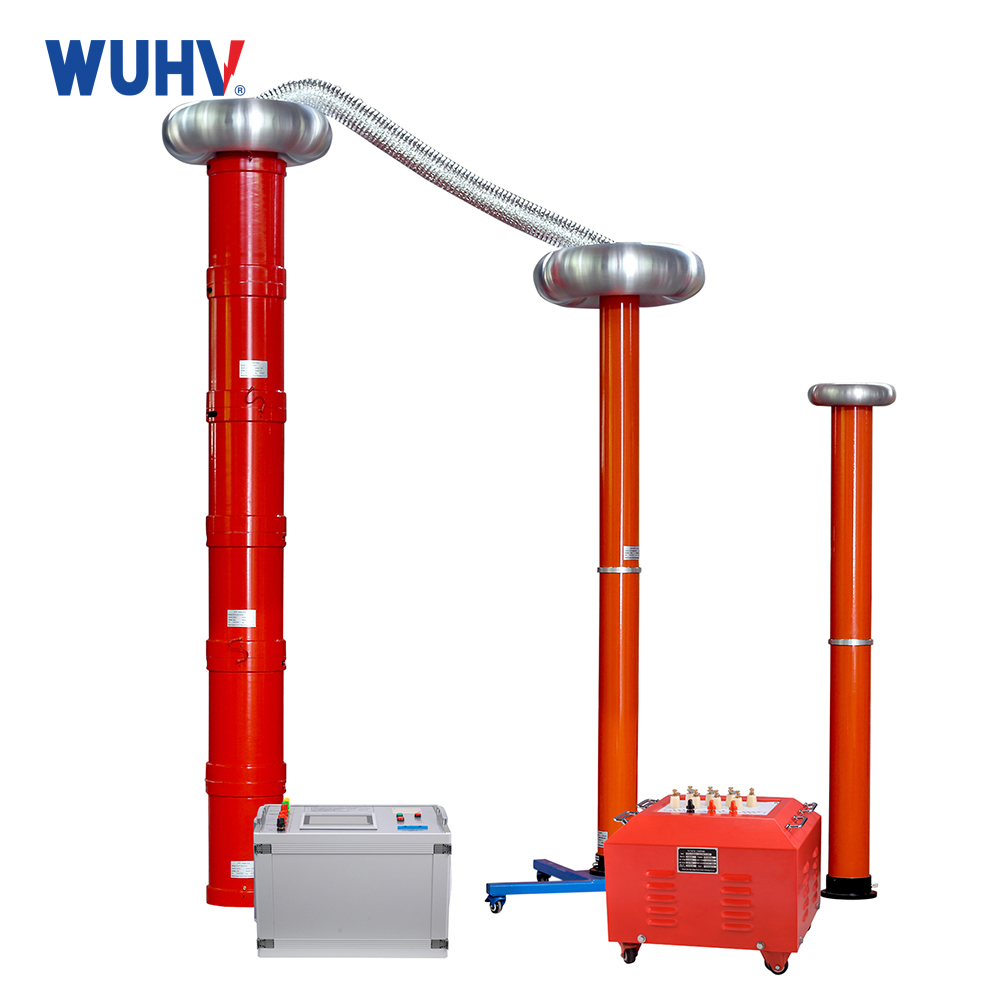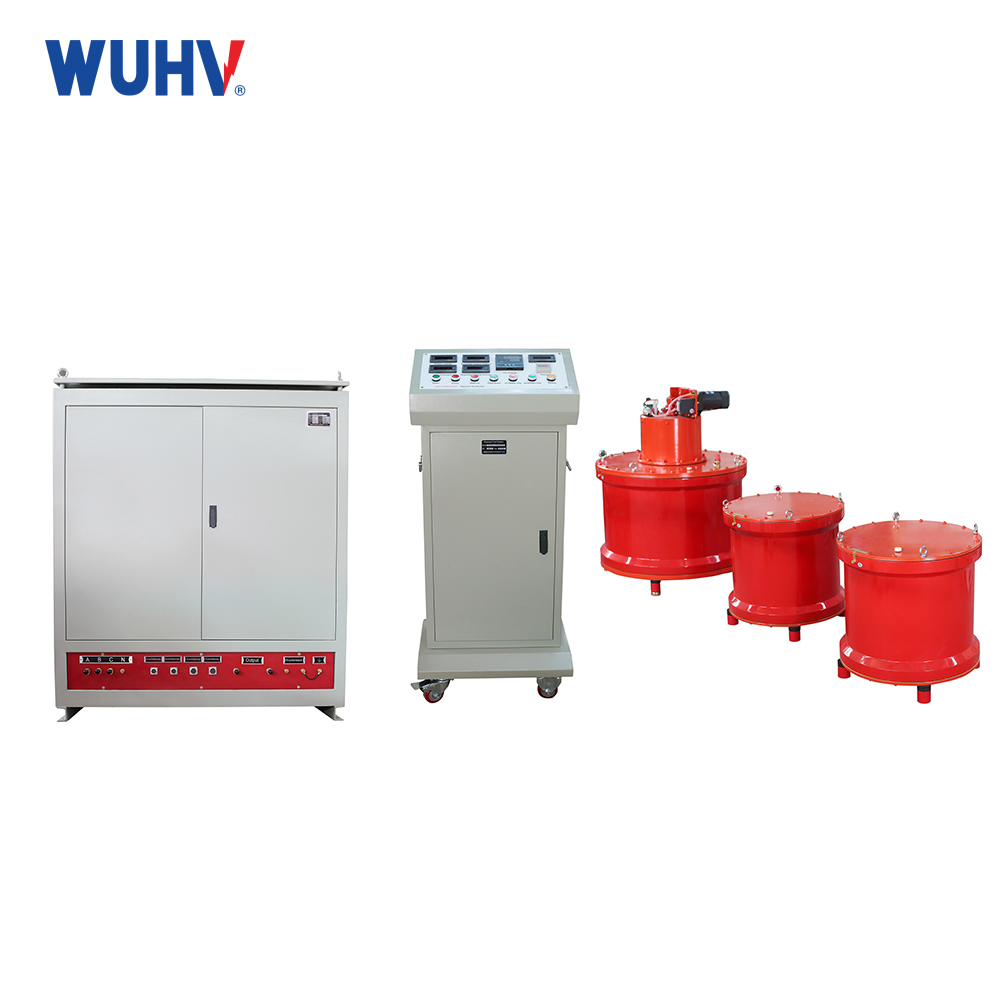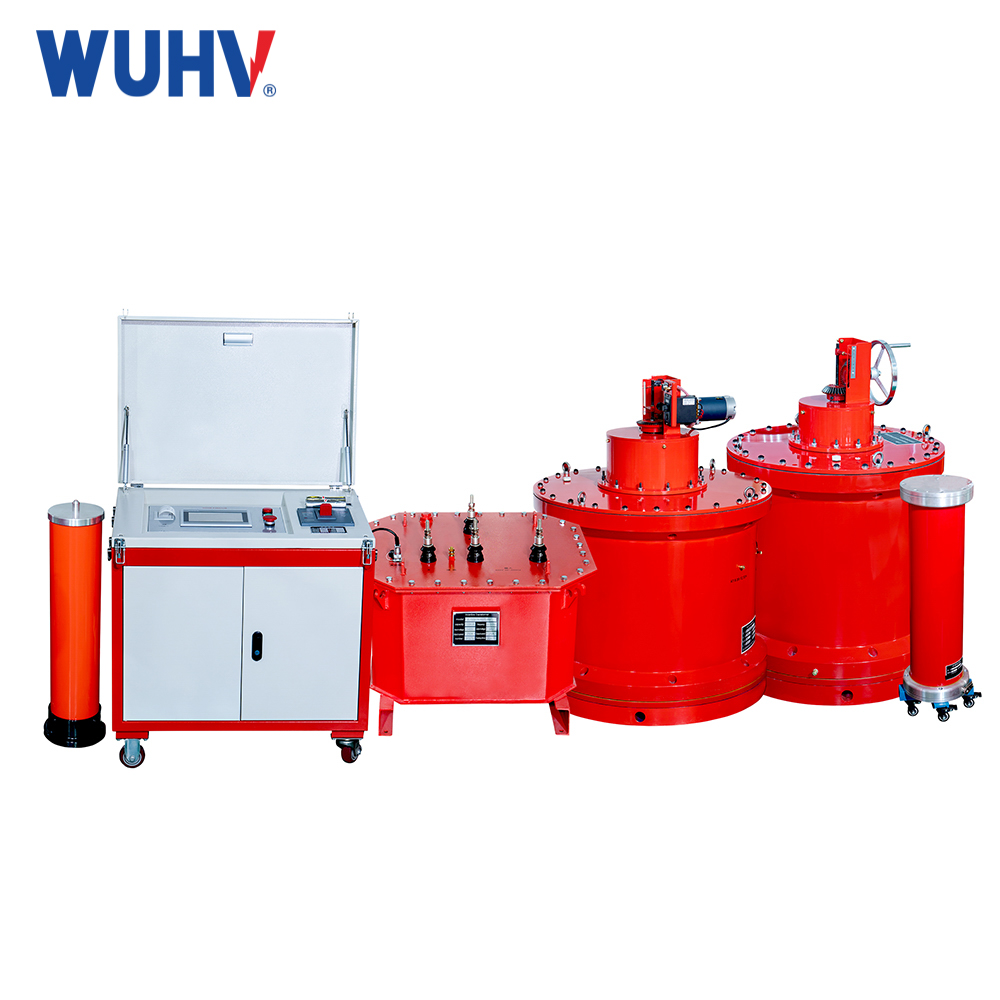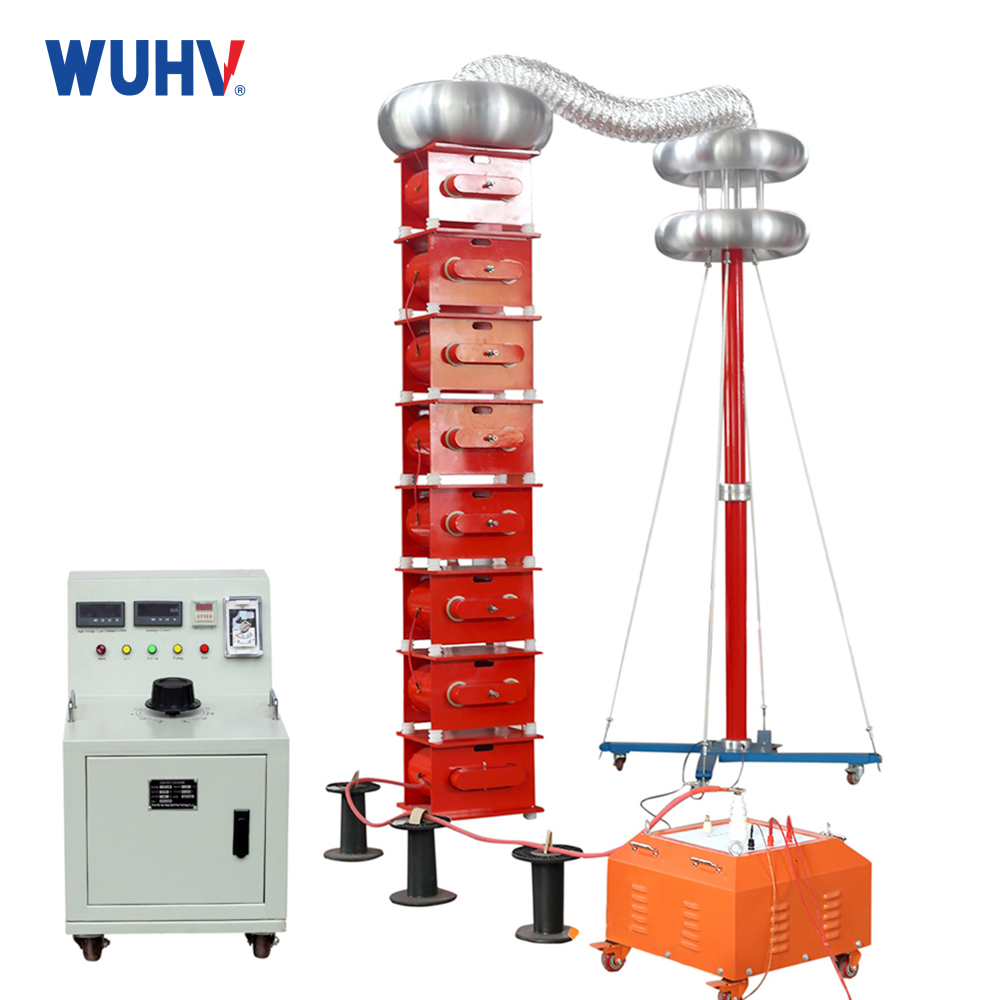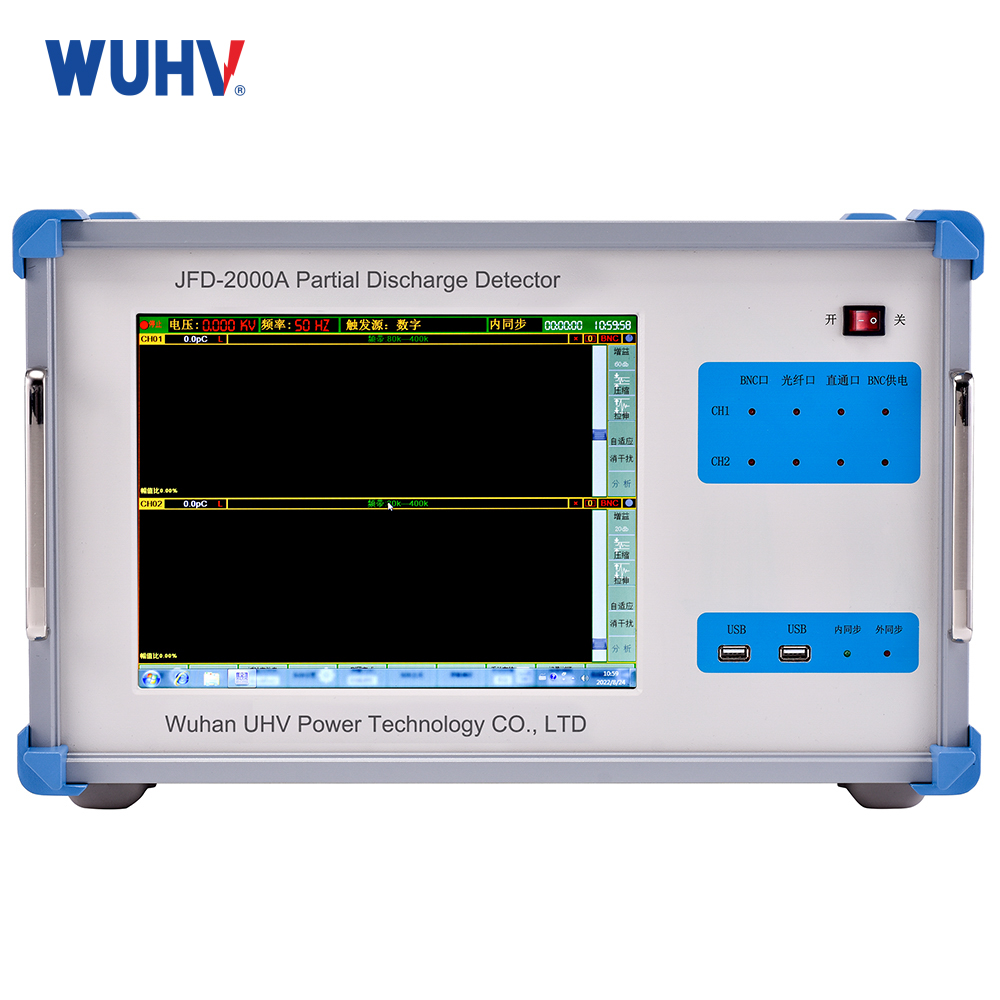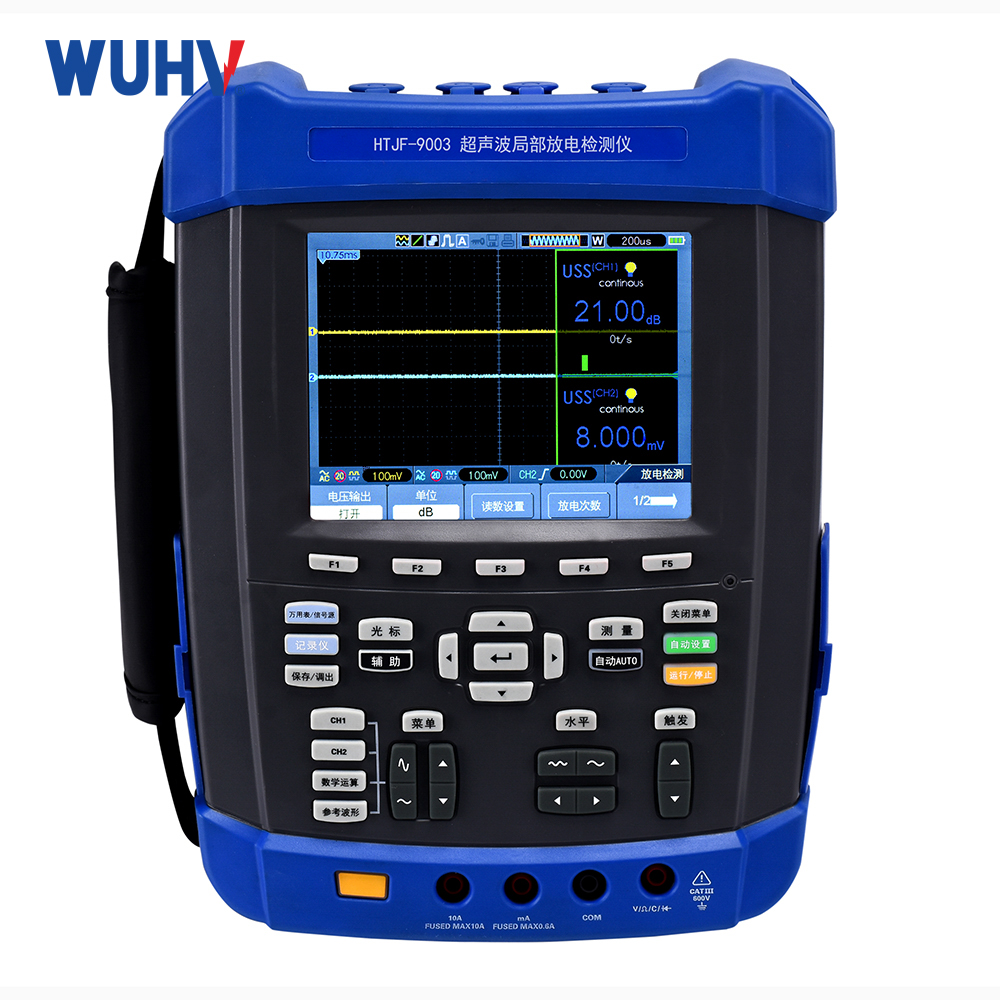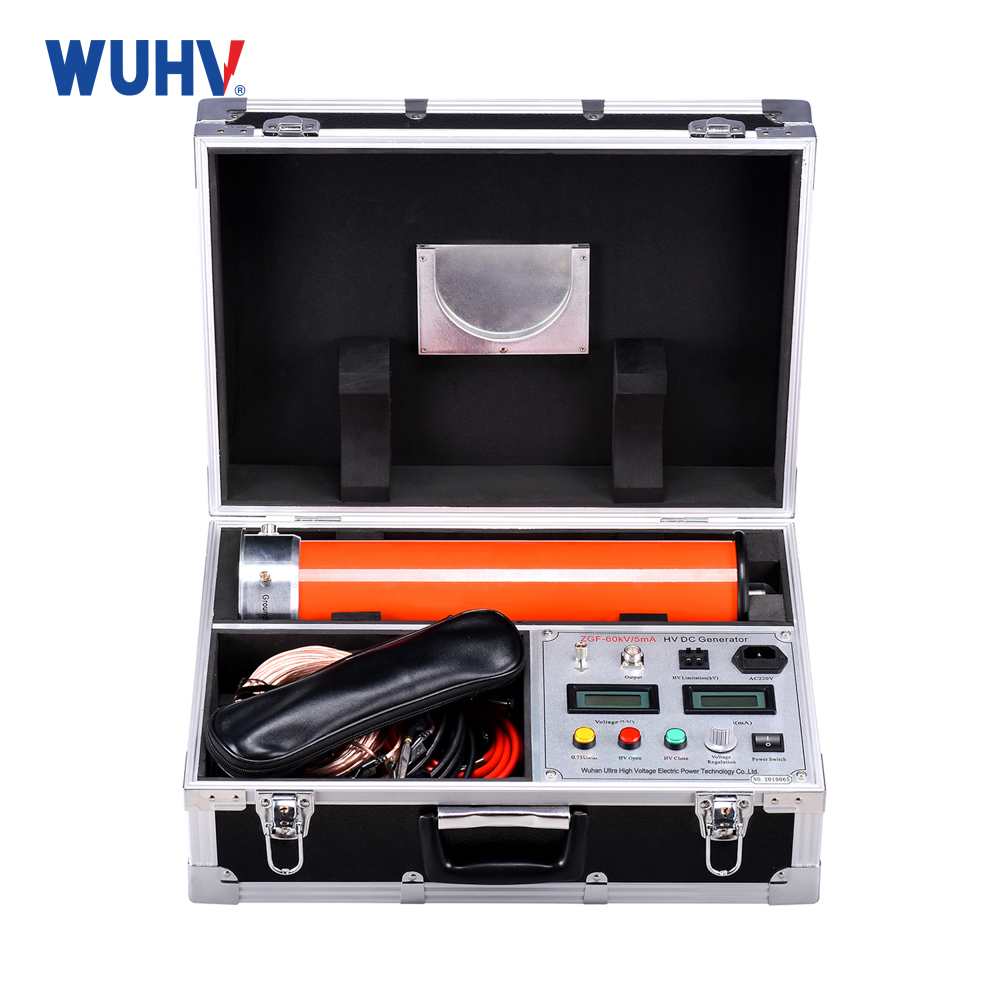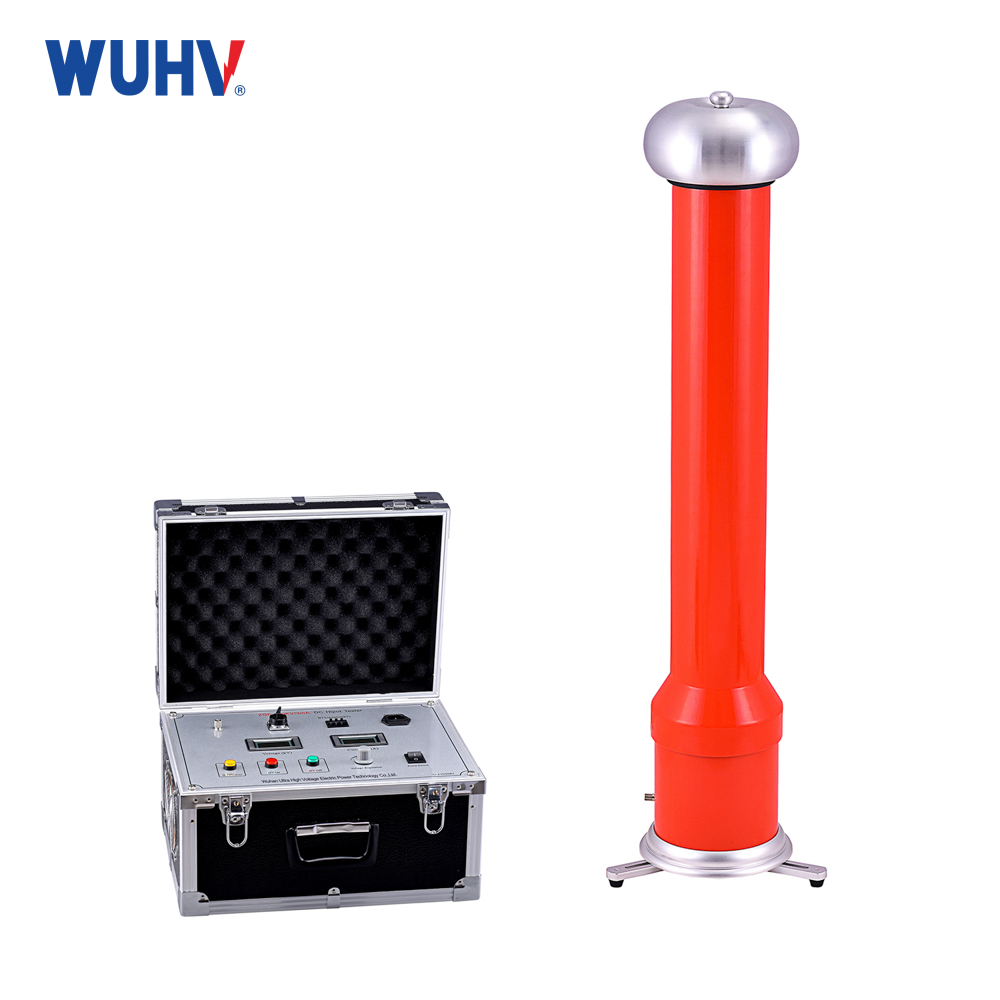Daily maintenance of the transformer comprehensive test bench is key to ensuring its measurement accuracy, stability, and prolonging equipment life.
1.Cleaning and Visual Inspection:
Cleaning: Use a dry, soft cloth to gently wipe dust and oil stains from the test bench surface, display screen, and test lead clips. Never use any corrosive chemical solvents or spray a wet cloth directly onto the equipment to prevent liquid from seeping inside and causing short circuits or corrosion.
Visual Inspection: Carefully check test leads, power cords, and ground wires for damage, aging, exposure, breakage, or signs of burning. Inspect test clips for looseness, oxidation, or breakage.
2.Connection Check:
Before Connection: Ensure all connections are correct and secure. Pay special attention to the ground wire, which must be reliably connected to an earth ground rod. This is the primary condition for ensuring personal safety and measurement accuracy.
After Connection: Before powering on, double-check that the test clips are firmly attached to the transformer windings to avoid poor connections or short circuits.
3.Environment Check:
Check the area around the equipment to ensure no debris is piled up and ventilation is adequate (especially near the vents for the amplifier and power supply modules).
Confirm that the ambient temperature and humidity are within the equipment's allowed range (typically temperature 0-40°C, humidity <80%).
4.Power On/Off Sequence:
Correct Sequence: When powering on, first turn on the main power to the test bench, but do not immediately start the test software. Allow the equipment to warm up for 10-15 minutes so internal circuit components reach thermal stability, thereby improving measurement accuracy. When powering off, first exit the test software, then turn off the main power switch.
Strictly Prohibit Incorrect Operation: Strictly prohibit switching the power on/off under load (i.e., when test leads are connected to a sample), especially after performing DC resistance tests, as energy might be stored in the windings. Always fully discharge the windings before powering off and disconnecting the leads.



